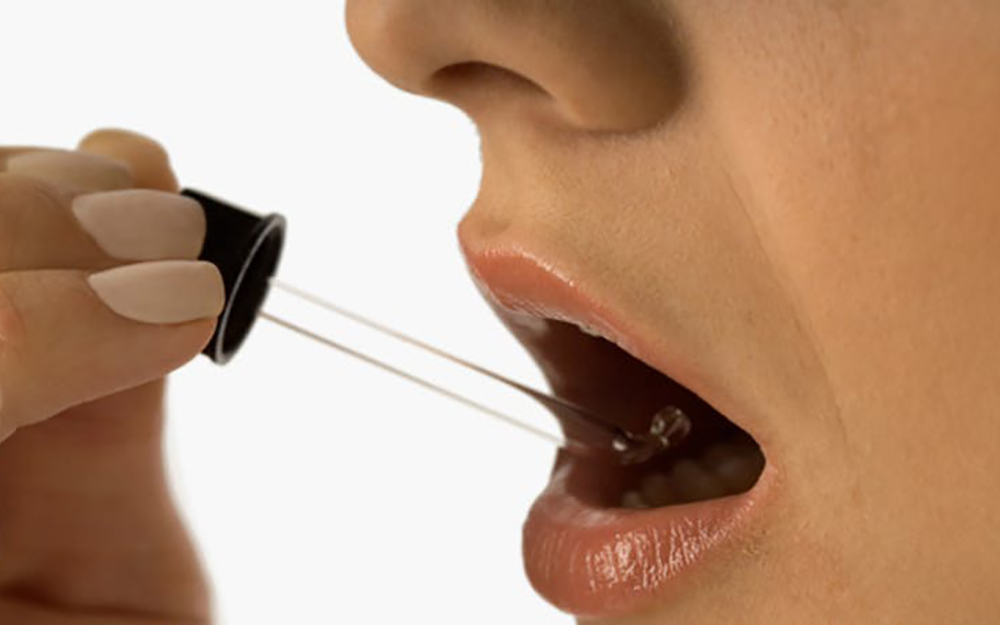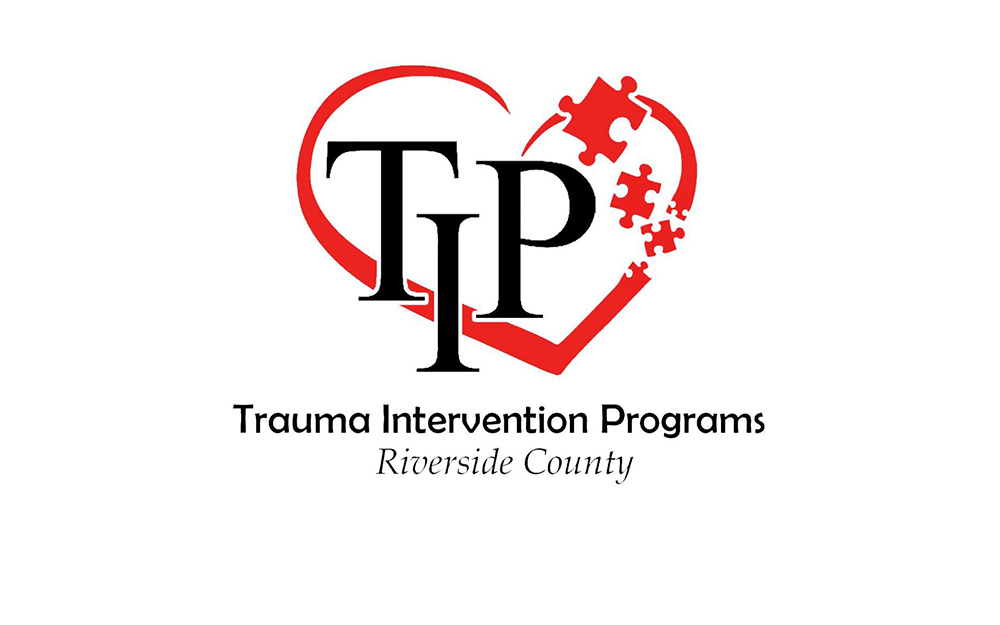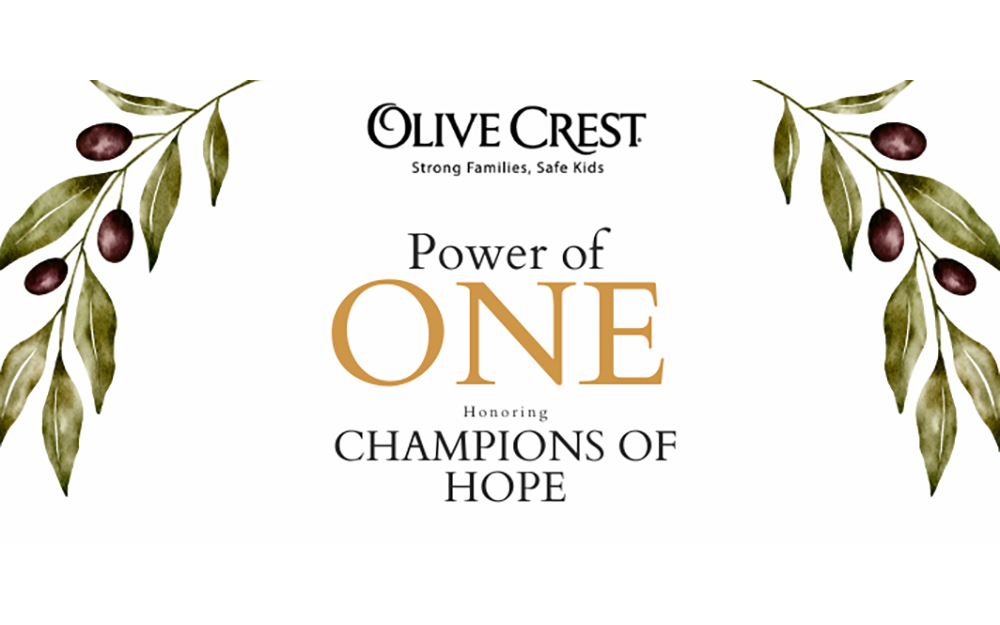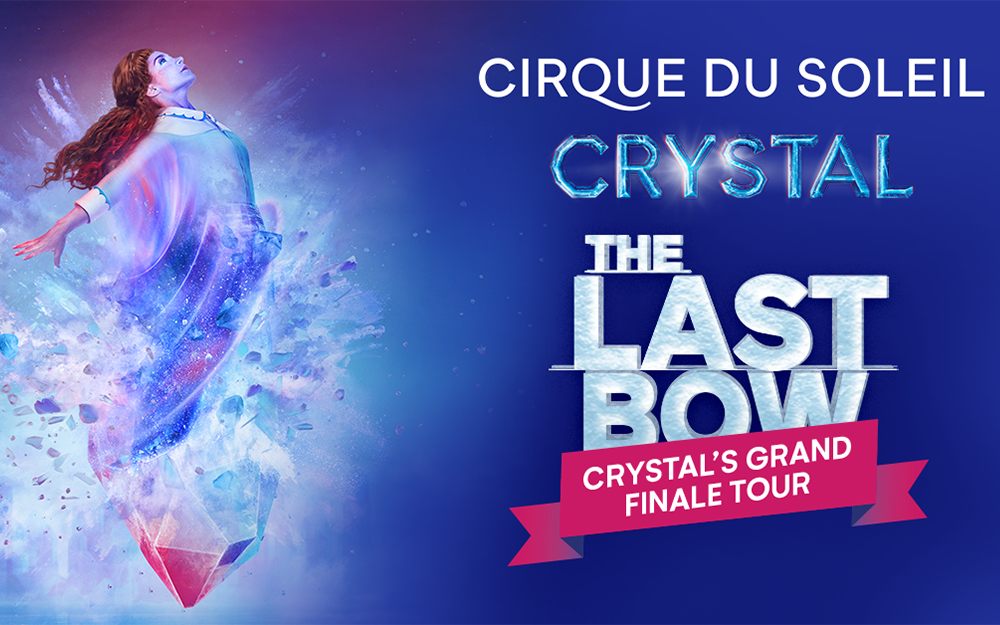
BY CAMERON HATTAN & SHANNON HATTAN, FOUNDERS OF FIDDLER’S GREENS
What’s on the label?
The labels of CBD products can be very confusing. They say things like “CBD isolate” and “Pure CBD”, and manufacturers will tell you that their product is the PUREST! Products with these labels typically contain just one molecule, CBD, that has been extracted from the cannabis or hemp plant through complex extraction processes that sometimes utilize harsh solvents, which is then added into a food or carrier oil.
Pure CBD is good, right?
Studies show that a much larger dose is required when using a CBD isolate to get the same beneficial effects as you would with a whole plant remedy. Isolated CBD has a bell curve in it’s dosing, meaning that one will have increased beneficial effects with an increasing dose, but only up to a certain point. Then the beneficial effects drop off drastically and extreme doses of CBD isolate may have negative drug to drug interactions similar to drug interactions with grapefruit.
Taking a CBD isolate is like trying to play 9 holes of golf with just a driver; it’s going to be great for some shots, but completely ineffective on others. Research is continuing to show that the therapeutic effects of CBD combined with the other cannabinoids (including THC) and the aromatic compounds, called terpenes, is much greater than using CBD alone. Imagine, 2+2=10. The diverse spectrum of cannabinoids and terpenes act as buffers and balance each other much like a full bag of golf clubs makes for a much better golf game.
Why are whole-plant remedies are better?
Most people are able to achieve greater relief at lower doses when using whole plant remedies. There are over 100 different cannabinoids and even more terpenes. Traditionally people have used plant-based drugs that operate on a “whole system” process. Only in the last 75 years have we switched to these single molecule drugs as the pharmaceutical companies have focused on products that could be patented and made in a lab. The pharmaceutical industry tends to look for a silver bullet to hit a specific target where traditional medicine tended to used more of a shotgun approach.
At the end of the day, CBD is CBD is CBD….it’s a molecule that does not change whether it is derived from hemp, cannabis or synthesized in a lab. It is the interactions of CBD, THC and all of the other cannabinoids and terpenes that give an increase in effectiveness.
For example, CBD treats pain through one mechanism of the body, and THC through another. Depending on the source of the pain, attacking it from 2 angles gives you a better shot at resolving it. Think of CBD as the driver, THC as the putter, and the other cannabinoids as the rest of your clubs.
What if I don’t want to get high?
THC, while necessary to get the full potential of cannabinoid medicine, can be effective at very low doses that are well tolerated by the majority of people. 0.5 mg of THC to 2.5 mg is considered a micro-dose and most people will not notice any high feeling or psychoactive effects. 2.5mg THC is a threshold dose where some will feel it others will not. 5 mg is a moderate dose, and 10 mg is too much for the cannabis novice in most cases.
One thing to keep in mind is that CBD acts as a buffer for THC lowering the peak of the psych-activity while easing the anxiety that may happen with THC ingestion. Even though CBD tempers the effects of THC, it also helps to prolong the therapeutic effects.
The most important thing to keep in mind is that with cannabis it is never a “one size fits all”… everyone responds differently and everyone’s needs are different. The goal is to find the minimum effective dose for yourself. Start low and go slow by taking small doses increasing overtime until desired results are achieved, then backing off to find the “sweet spot”. It is also a wise to start a new cannabis product at night and keep a journal to track your progress and overall quality of life. In many cases, you know it’s working by what you don’t feel!










































